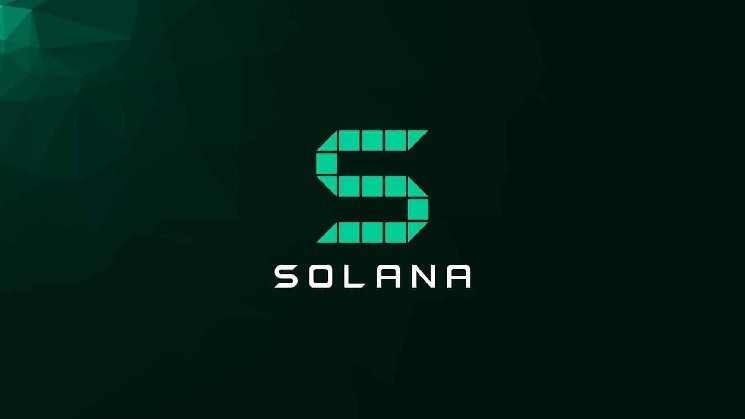Bitcoin Layer 2 blockchain solution Stacks announced on May 24 the resumption of block production after resolving issues related to “misbehavior stemming from the stacks-node’s mempool syncing logic.”
Stacks Warns of ‘Occasional Degradation’ in Block Production
On May 24, the Bitcoin Layer 2 blockchain solution Stacks announced the resumption of block production after it addressed “misbehavior stemming in the stacks-node’s mempool syncing logic.” It advised all node operators, particularly miners and signers, to upgrade their nodes to release 3.1.0.0.11.
However, in an update shared via X, the Layer 2 solution warned of further “occasional degradation” in block production until all miners and signers complete the upgrade. The announcement directing node operators to upgrade to the latest release came just hours after core developers claimed to have identified the potential cause. In the initial post-mortem shared on Github, the Stacks team said:
“The bug itself actually goes back to 2020 and has to do with misbehavior in the stacks-node’s mempool syncing logic which causes some nodes to return improper messages in response to RPC calls used by normal mempool syncing. Stacks-nodes who invoke that RPC call have misbehaving logic which causes their networking to become unresponsive, which hasn’t been an issue until there was a lot more data getting run through some recent blocks.”
According to the preliminary findings, the latest upgrade is compatible with chainstate directories from 3.x.x.x.x.The release of the latest upgrade is expected to finally resolve the issue, which Stacks initially acknowledged on April 18.

At the time, the Stacks team insisted a “simple patch” would address the issue, and node operators needed not do anything. However, a delay in block production related to a Bitcoin fork at block 897442 prompted the developers to initiate another investigation on May 19.
After seeing 70% of signers restore to a previous version of the chainstate, normal blockchain production resumed only for the developers to report another delay four days later.















Leave a Reply